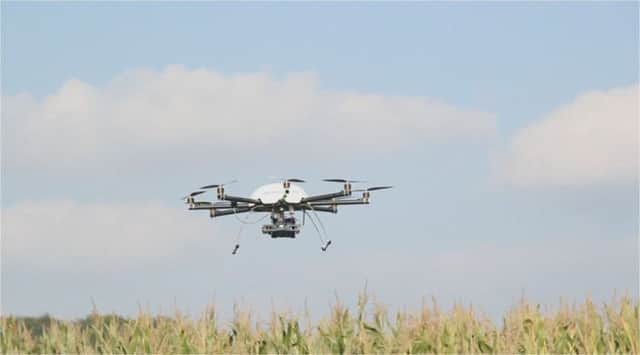Civil use of ‘drones’ under investigation


Today, anyone can buy a remote control aircraft big enough to carry surveillance equipment (such as a smartphone) but small and quiet enough to be unobserved. That is why a House of Lords sub-committee is looking at the civil use in the EU of small unmanned aircraft, officially called “remotely piloted aircraft systems (RPAS)” and also known as unmanned aerial vehicles (UAVs) or drones.
The sub-committee will consider, among other things, whether the existing data protection regimes at EU and member state levels are adequate for the new technology. In April, the EU Commission had noted that the opening of the aviation market to RPAS would need to involve an assessment of measures necessary to ensure the respect for fundamental rights and the data protection and privacy requirements: “The privacy situation would need continuous monitoring by the competent authorities including the national data protection supervisory authorities”.
Advertisement
Hide AdAdvertisement
Hide AdWarnings have come from many authoritative sources, including Professor Ryan Calo of Stanford Law School, Dr Ann Cavoukina, the Privacy Commissioner for Ontario, Canada, Senator Patrick Leary of Vermont, USA and Edouard Geffray, Secretary-General of the Commission Nationale de l’Informatique et des Libertés (CNIL, the Information Commission of France).
The “permission” of the Civil Aviation Authority (CAA) is required (under an Air Navigation Order of 2009) to operate an RPAS equipped with cameras and microphones, even if it weighs less than 7kgs, but only if it is operated for business purposes. Such an RPAS is a “surveillance device” under the Regulation of Investigatory Powers (Scotland) Act 2000 (and equivalents in the remainder of the UK). Its use would be “directed surveillance” and, if aimed at residential premises, also “intrusive surveillance”. Neither is “lawful” without an authorisation under RIP(S)A but that Act does not provide sanctions for unlawful surveillance.
A public authority that carries out unauthorised surveillance can be sued under the Human Rights Act 1998 for violation of an individual’s right to privacy under article 8 of the European Convention on Human Rights. But a person that is not a public authority cannot be sued under that Act. If no public authority is involved, the availability of a remedy may depend on whether the surveillance complained of was carried out in the course of a business.
The operator of a surveillance RPAS for business purposes needs a permission granted by the CAA. If the operator violates an individual’s right to privacy under article 8 of the European Convention on Human Rights, this is arguably a misuse of the permission and the CAA, as a public authority, should revoke it, causing the surveillance flights to cease.
But if the violator was not acting in the course of a business, CAA permission would not have been be required and there would be nothing to revoke. The surveillance would be likely to have involved an RPAS passing nearer than 50 metres to a vessel, vehicle structure or individual. Unless specifically authorised, that would be an offence under the 2009 Order. Surveillance involving the systematic capture and storage of images and sounds from individuals at their homes would amount to “processing personal data” under the Data Protection Act. A prosecution for unlawful processing might follow. But European data protection law was never meant to be a substitute for national privacy laws. That is why processing of personal data by an individual for the purposes of that individual’s personal, family or household affairs is exempt from the Data Protection Act.
Surveillance that involves intrusion into the airspace above someone’s property gives a new context for the traditional rule of law that land ownership rights extend “from the depths to the heavens”.
After the English High Court judgment in Bernstein v Sky Views and General Ltd in 1977, it looked as if this rule might have lost its force. The court had even stated that there “was no law against taking a photograph and the taking of a photograph could not turn an act which was not trespass into trespass”. But, after RIP(S)A, and, given that the Civil Aviation Act permits only normal overflights, it seems highly unlikely that a Scottish court would see things that way, bearing in mind that a court is itself a “public authority” and bound by the Human Rights Act 1998. The House of Lords sub-committee should have plenty to reflect on.
• Jim McLean is a consultant with Balfour+Manson LLP www.balfour-manson.co.uk
SEE ALSO